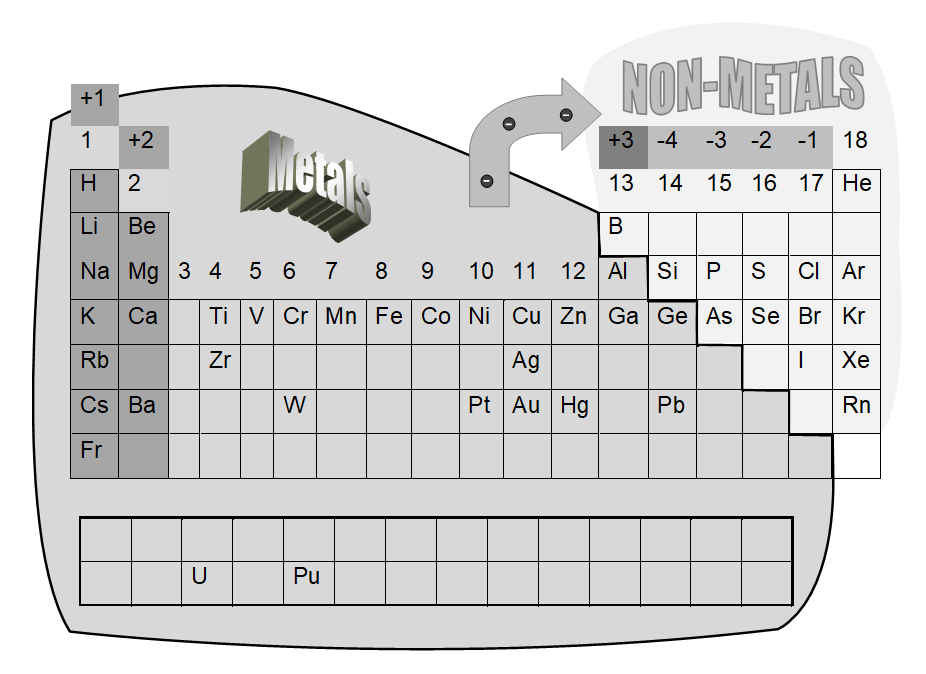
Short Notes and Formulas of class 8 science chapter-Metal and Non-Metal
May 13, 2022, 16:45 IST
Class- 8 science chapter-Metal and Non-Metal
Though there are millions of substances in this world, they are all made up of a limited number of basic substances, which are called elements. You have already studied about elements as being pure substances that each are made up of one kind of atoms only. For convenience of study, these elements are divided into two broad classes: Metals and non-metals. This division of elements is based on the fact that there are certain properties that are found only in metals and certain others that are found only in non-metals. But, there are also some elements that show the properties of both metals and non-metals. They are known as metalloids. Some common metalloids are arsenic, antimony and silicon. The noble (inert) gases from the fourth category of elements. The majority of the elements known to us are metals. For example gold, silver, platinum, copper, iron aluminium, tin, nickel chromium, mercury, calcium, magnesium, lithium, sodium, potassium, zinc, and many more. They are generally solids with characteristics such as hardness, malleability, ductility, high, tensile strength, luster and ability to conduct heat and electricity. Example; Copper, iron, zinc etc. A solid is considered to be a metal if it has high electrical and thermal conductivity. The chemical definition of a metal also includes having a characteristic surface luster or shine. It is characteristic of metals that they are malleable (can be hammered into sheets) and ductile (can be drawn into wires.) Usually have 1-3 electrons in their outer shell. Both the high electrical conductivity and thermal conductivity come from the fact that one or more valence electrons are relatively free to travel throughout the solid materials. We also have Chemistry Doubts section where the most common doubts are explained by our expert faculty.

Properties of Non-metals
- Non-metals are not malleable or brittle: Non-metals cannot be hammered or beaten into thin sheets without breaking. Non-metals break into pieces when hammered or stretched. Sulphur. phosphorus are powders and cannot be made into a sheet. Brittleness is a characteristic property of non-metals.
- Non-metals are not ductile: Non-metals cannot be melted and drawn into thin wires. Non-metals do not have free electrons. Thus the bonds between atoms in the elements are weak and they snap when stretched.
- Non-metals are bad conductors of heat and electricity: In non-metals, the bonds formed are weak as there are no free electrons to share. Graphite is able to conduct electricity because of its special crystalline arrangement.
- Non-metals have no lustre: Non-metals are in the form of powder or are gaseous. Hence they cannot be polished and they do not have any lustre. Most of the powders are dull in colour. Only graphite can be polished to some degree. Iodine shows some luster.
Do solve NCERT questions with the help of NCERT solutions for class 8 Science.
Find Pdf of chapter-Metal and Non-Metal having Important short notes of chapter






